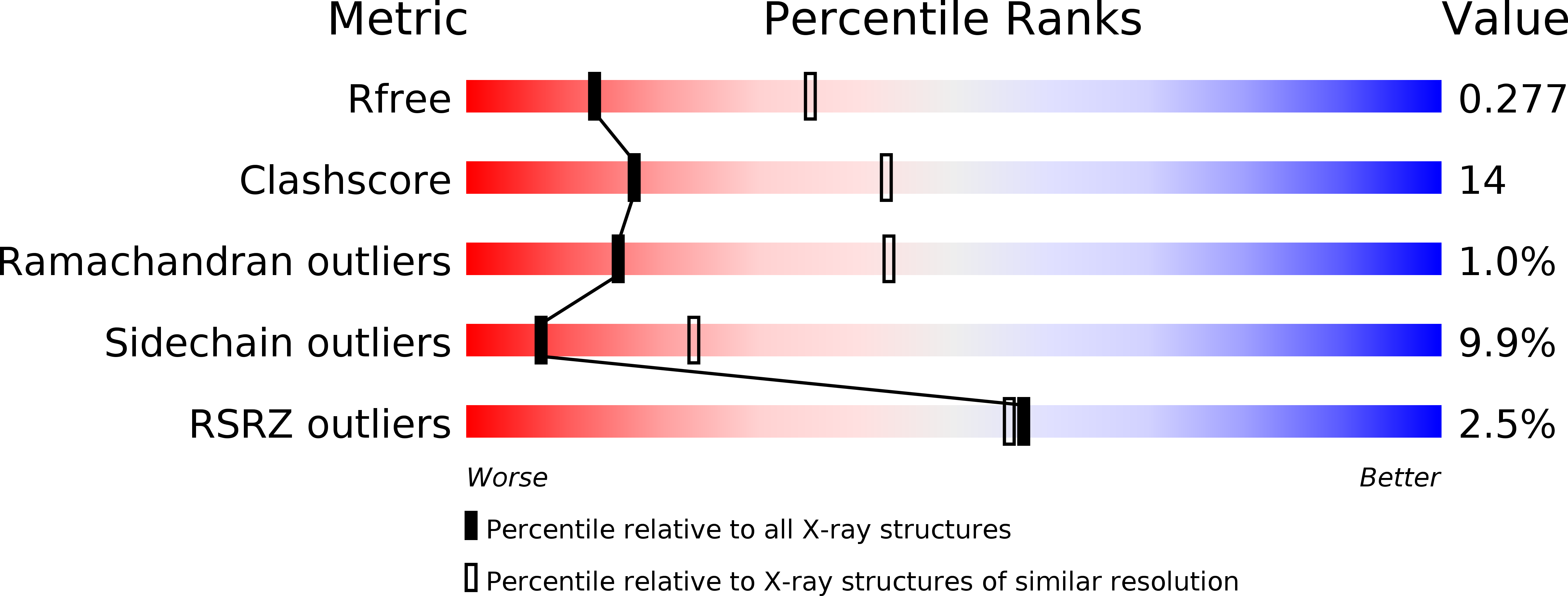
Deposition Date
2008-10-08
Release Date
2008-10-21
Last Version Date
2023-12-13
Entry Detail
PDB ID:
2W0S
Keywords:
Title:
Crystal structure of vaccinia virus thymidylate kinase bound to brivudin-5'-monophosphate
Biological Source:
Source Organism:
VACCINIA VIRUS COPENHAGEN (Taxon ID: 10249)
Host Organism:
Method Details:
Experimental Method:
Resolution:
2.92 Å
R-Value Free:
0.28
R-Value Work:
0.21
R-Value Observed:
0.21
Space Group:
P 21 21 21


